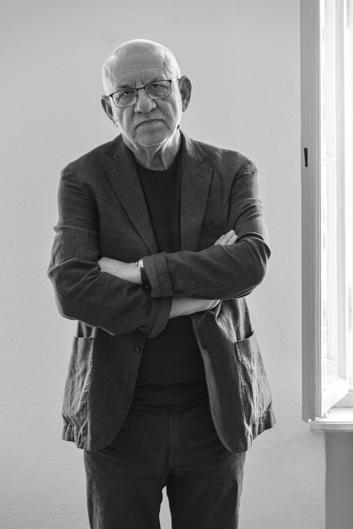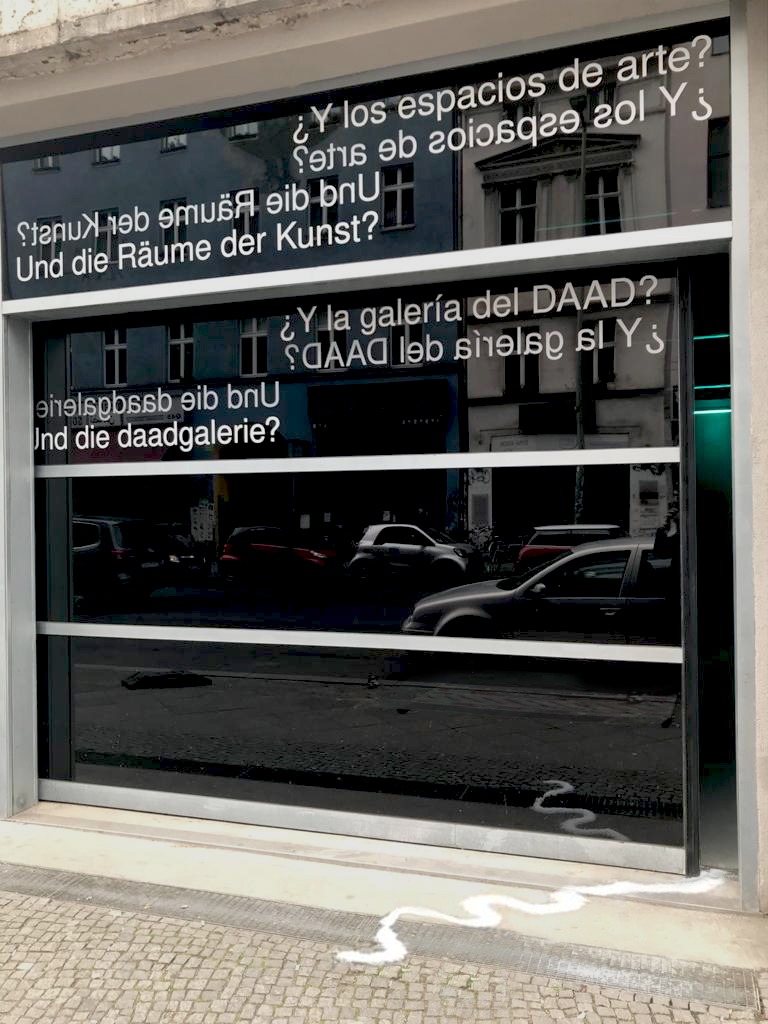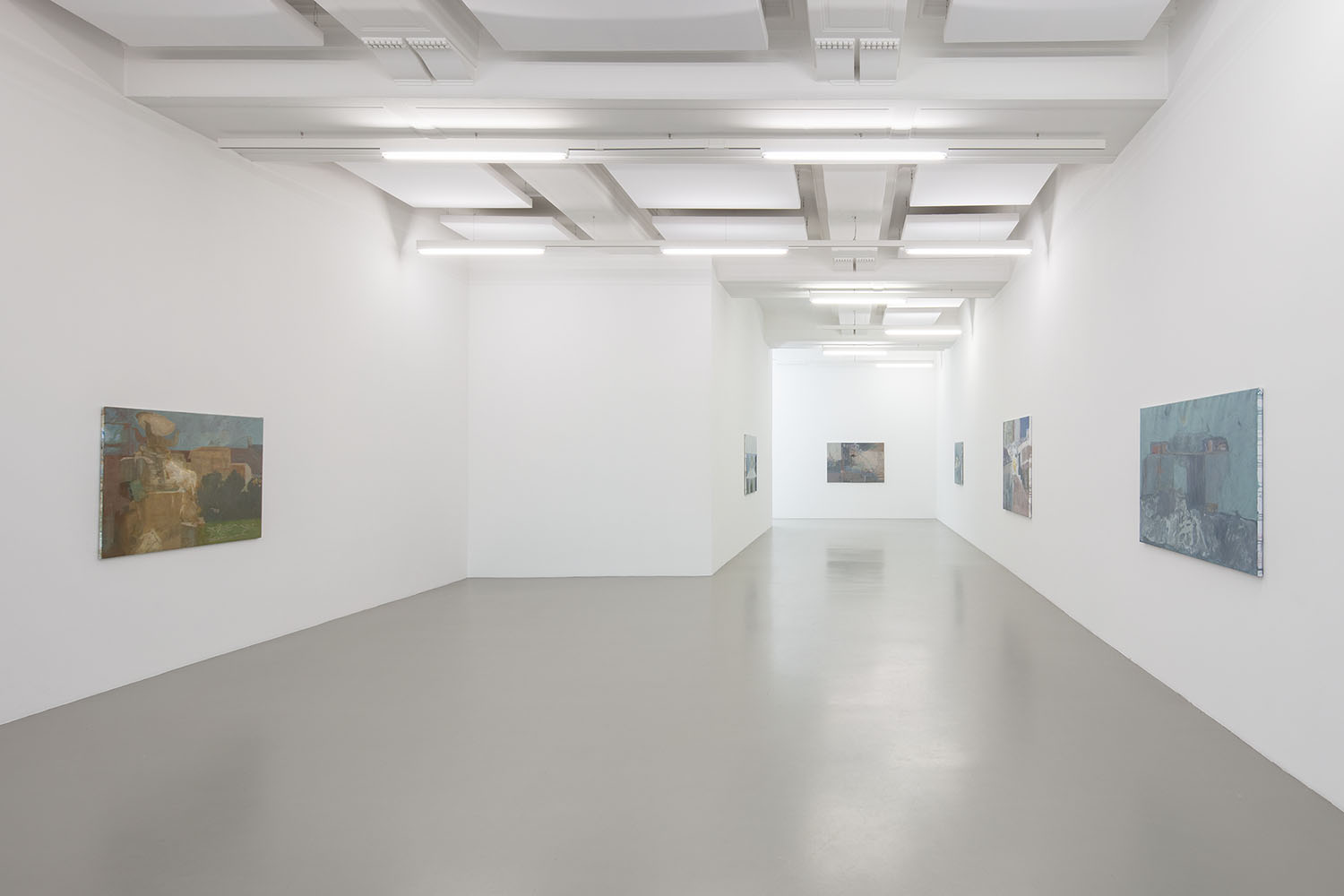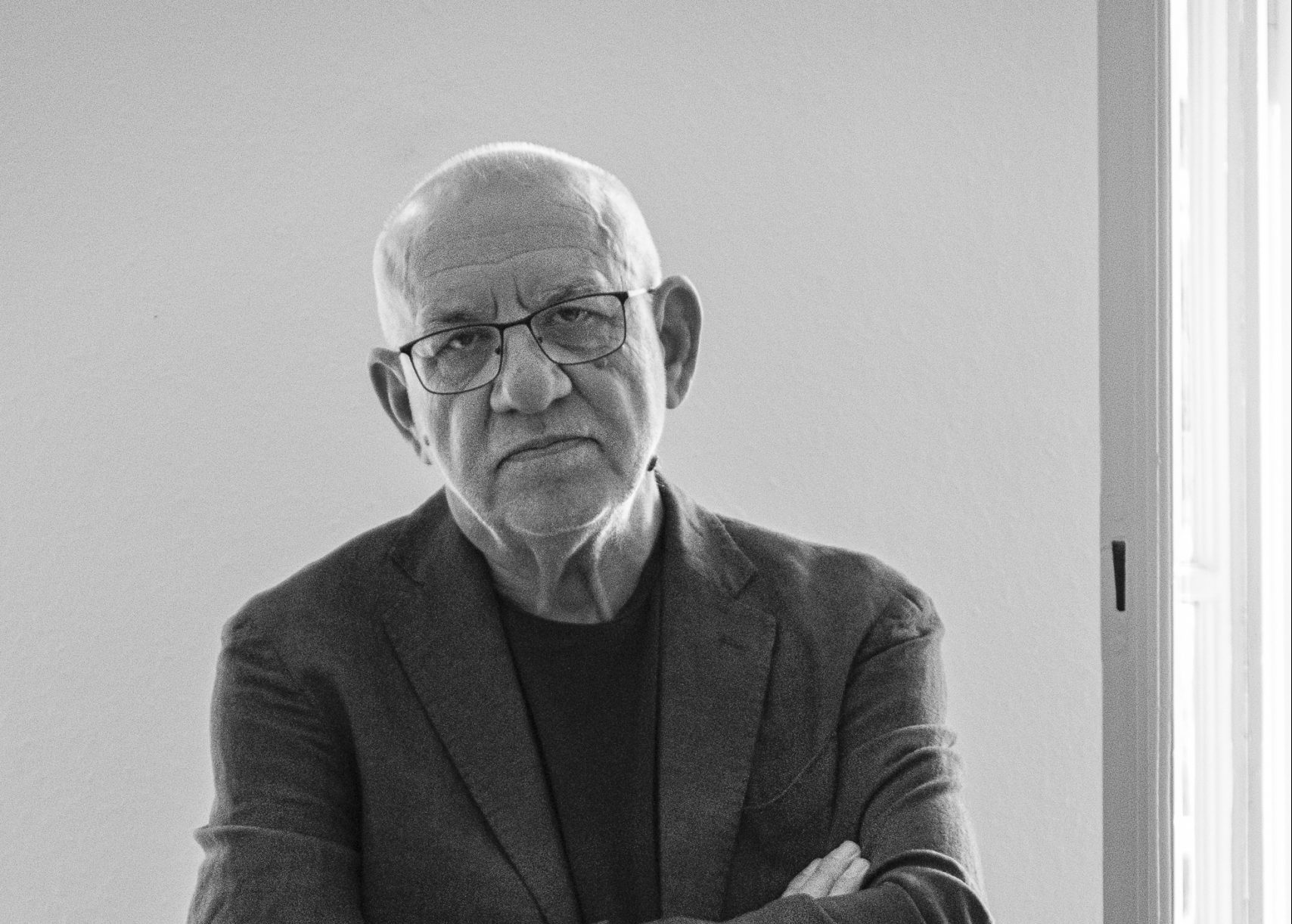Albania, Visual Arts, 2019
Edi
Hila

Edi Hila (*1944 in Shkodra, Albania) experienced in his native country a radical transformation of governance, from one of the most totalitarian of communist regimes to capitalism. He received his training as an artist in his hometown Shkodra, the cultural centre of northern Albania, where he still lives and works, having taught painting at the Academy of Arts in Tirana for over two decades.
In the 1970s, Hila’s painting Planting of Trees (1971) caused him to fall out of favor with the regime: his expressive use of color was not compatible with the dominant doctrine of socialist realism. When he came into contact with the paintings of the Renaissance during a brief stay in Florence in 1973, the governing powers quickly struck back and he was sentenced to reeducation in the form of three years of forced labor at a poultry packing factory. Cut off from any kind of cultural life, he produced a series of existentialist drawings Poultry (1975–76), which depict the harsh realities at the factory. Once the Hoxha regime had come to its end, Hila was free to develop his highly personal style of painting, but this time with a reduced color palette to chronicle the sociopolitical change in Albania. The series Comfort (1997), for example, which came into being during the crisis caused by the collapse of a giant Ponzi scheme, caricatures the illusory utopia of insatiable consumption that had been palmed off on his fellow citizens.
Hila usually devotes entire series to certain themes, such as Migrations (1997), Paradox (2000–05), Relations (2002–14), Threat (2003–09), Roadside Objects (2007–10), Penthouses (2013), Martyrs of the Nation Boulevard (2015), and A Tent on the Roof of the Car (2016–17). His distinctive realism arises from the artist’s careful observation of the details, those that convey a psychological truth about the depicted phenomena, irrespective of time and ideology. The paintings become dehumanized urban landscapes, imparting a feeling of emptiness—a reflection of our modern condition, even without having reference to East European histories.
Exhibited at documenta 14 in 2017, in both Athens and Kassel, Hila’s Boulevard series comprises six paintings devoted to Tirana’s grand boulevard, the capital’s architectural main axis, which is flanked by the city’s most important buildings and monuments. It also offers a symbolic cross section of the country’s history, playing silent witness to a succession of totalitarian regimes in Albania, from the monarchy, the occupation by fascist Italy, to communism. The boulevard has provided a stage for military parades and, more recently, political protests. In the paintings, Gherardo Bosio’s monumental Italian fascist architecture is transformed into a post-apocalyptic scene, reminiscent of the delocalized, uninhabited scenography of strategic video war games—the very antithesis of humanism or any other known form of ideology.
In 2018, the first comprehensive retrospective of Hila’s work Painter of Transformation was presented at the Museum of Modern Art, Warsaw and the National Gallery of Arts, Tirana.




